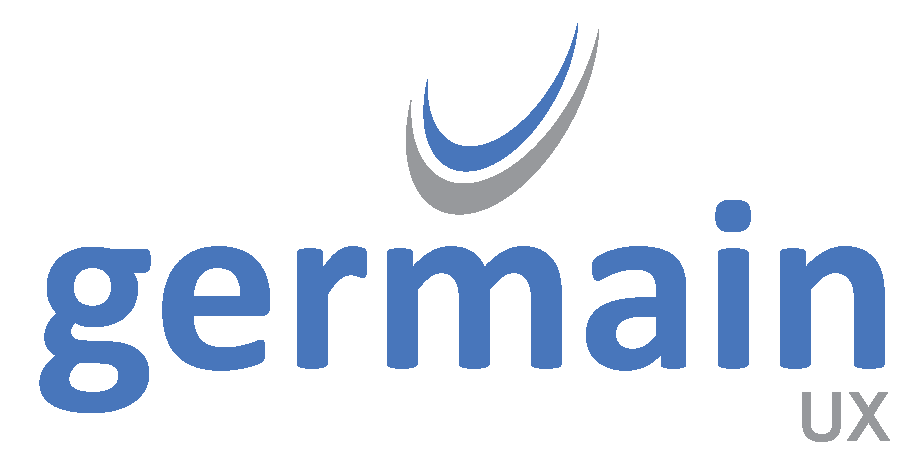Business Process / Workflow Mining
Features
Germain UX provides comprehensive real-time mining of your workflows across your tech stack, including websites, CRM, and ERP systems. It enables you to track key business operation metrics such as Overrun and Loss of Productivity.
Germain automates the detection of inefficiencies in your business operations by leveraging advanced algorithms and analytics. It analyzes collected data to identify patterns or anomalies that may indicate inefficiencies. By automating this process, Germain saves you time and effort in manual analysis, helping you uncover hidden issues that could impact business performance.
Here are more details on Germain UX’s Business Process Monitoring and Mining.
Service: Analytics
Feature Availability: 8.6.0 or later
